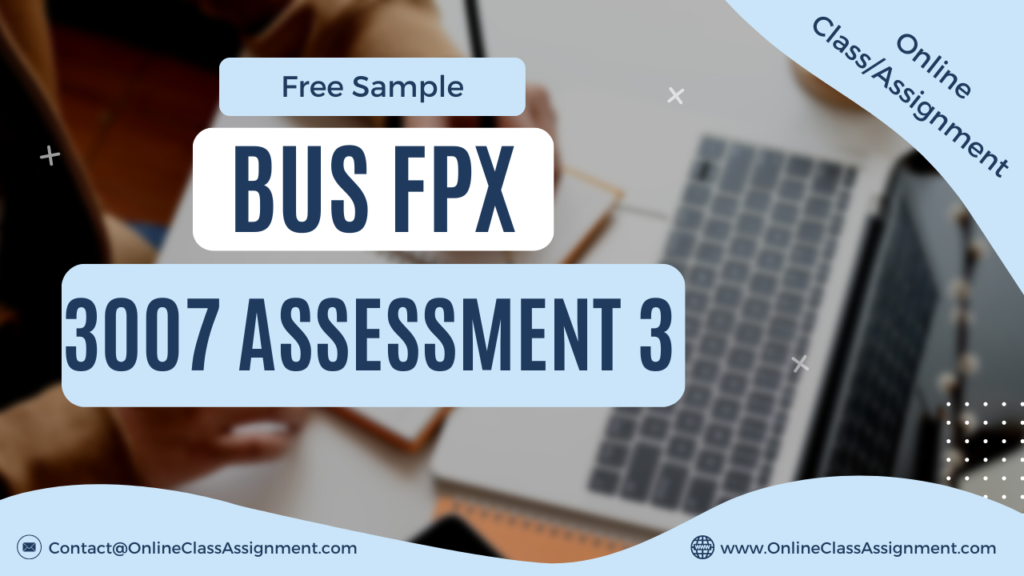BUS FPX 3007 Assessment 3 Building Effective Teams

BUS FPX 3007 Assessment 3 Building Effective Teams
Student Name
Capella University
BUS-FPX3007 Developing a Business Perspective
Prof. Name
Date
Introduction
This paper elucidates the rationale behind incorporating specific functional areas within an organizational team and delineates the advantages associated with each area. Furthermore, it outlines the roles that individuals would assume within the team and presents a systematic approach for solving distribution problems, assigning responsibilities to team members based on their business acumen and soft skills.
Distribution Problem Solving
Step 1: Problem Diagnosis
The initial phase entails identifying and defining the problem while gathering pertinent information. Sam Law and Benny Jackson are designated for this task. Sam’s proficiency in logistics enables effective diagnosis of issues concerning fulfillment delays, while Benny’s expertise in operations management complements the analysis by identifying inefficiencies in warehouse operations.
The effective characteristics of the team for this step include Sam’s creative thinking and Benny’s analytical skills, which collectively contribute to a comprehensive problem diagnosis.
Step 2: Data Collection (Customer Feedback)
Valerie Smalls and Jay Colby are assigned the responsibility of collecting customer feedback data. Valerie’s adept communication skills facilitate the interpretation of customer reviews, while Jay’s experience in logistics enables him to pinpoint coordination issues within the supply chain.
BUS FPX 3007 Assessment 3 Building Effective Teams
Valerie’s adaptability and Jay’s holistic perspective contribute to efficient data collection and interpretation within the team.
Step 3: Data Analysis
Sam, Benny, Valerie, and Jay collaborate in analyzing the collected data. Sam’s leadership steers the evaluation process, while Jay’s expertise uncovers underlying issues. Valerie’s adaptability and Sam’s creative thinking facilitate a multifaceted analysis approach.
Step 4: Recommendation and Solution
Sam, Benny, Valerie, and Jay collectively formulate recommendations and solutions. Sam focuses on logistics-based recommendations, Benny explores alternative scenarios, Valerie provides communication-based solutions, and Jay introduces innovative ideas.
Conflict Management
The document underscores the inevitability of conflicts within the team and proposes strategies for conflict management, including establishing norms, well-planned meetings, and appropriate intervention approaches. It emphasizes the significance of acknowledging conflicts and providing opportunities for resolution to uphold positive team dynamics.
Conclusion
In conclusion, the paper emphasizes the importance of harnessing individual strengths and capabilities within a team setting to effectively tackle organizational challenges. It reiterates the significance of conflict management in preserving team cohesion and attaining planning objectives.
References
Bens, I. (2018). Facilitating with ease: Core skills for facilitators, team leaders and members, managers, consultants, and trainers (4th ed.). Wiley.
Black, J., Bright, D., Gardner, D., Hartmann, E., Lambert, J., Leduc, L. … Weiss, J. (2019). Organizational Behavior. Openstax.
de la Pena, D., Jone, A., Hester, R. T., Hou, J., Lawson, L. J., & McNally, M. J. (2017). Design as democracy: Techniques for collective creativity (1st 2017. ed.). Island Press.
BUS FPX 3007 Assessment 3 Building Effective Teams
Get Capella University Free Business Samples
BUS FPX 3007
BUS FPX 3011
BUS FPX 3021
BUS FPX 3022
BUS FPX 3030
BUS FPX 3040
- BUS FPX 3040 Assessment 6 Labor Relations Recommendations
- BUS FPX 3040 Assessment 5 Employment Law
- BUS FPX 3040 Assessment 4 Compensation and Benefits
- BUS FPX 3040 Assessment 3 Retention and Separation
- BUS FPX 3040 Assessment 2 Performance Management and Training
- BUS FPX 3040 Assessment 1 Recruitment and Selection
BUS FPX 3050
BUS FPX 4012
